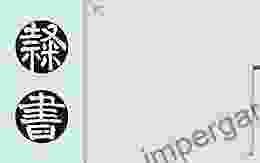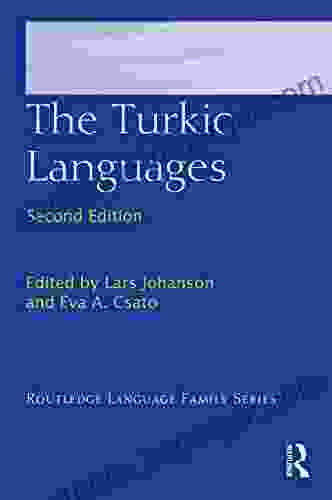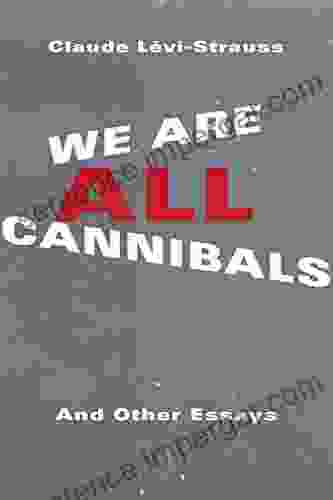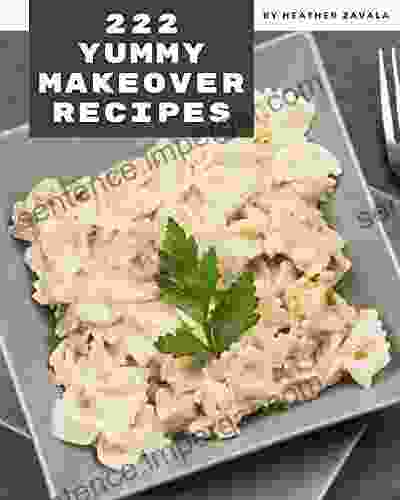Chinese Calligraphy Arts Running Hand Vol 152: Unveil the Beauty and Mastery of the Running Script

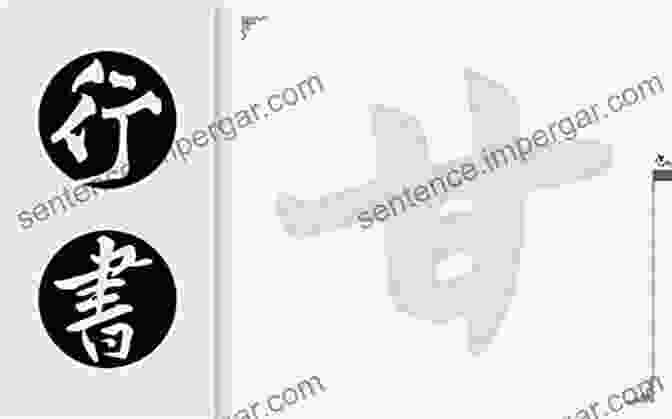
5 out of 5
| Language | : | English |
| File size | : | 1570 KB |
| Print length | : | 12 pages |
| Lending | : | Enabled |
Chinese calligraphy, a time-honored art form steeped in tradition and cultural significance, has captivated hearts and minds for centuries. Among its various scripts, the running hand, also known as xingshu, stands out for its fluidity, expressiveness, and wide-ranging applications. Chinese Calligraphy Arts Running Hand, Vol 152, a comprehensive and richly illustrated guide, invites you to embark on an immersive journey into this enchanting art form.
Historical Origins
The running script has its roots in the clerical script, which emerged during the Han Dynasty (206 BCE - 220 CE). As scribes sought to increase their efficiency in record-keeping, they began to simplify and streamline the complex strokes of the clerical script. This led to the development of the running hand, which allowed for a faster and more cursive writing style while maintaining the essential characteristics of the Chinese characters.
Over the centuries, the running script underwent further refinement, becoming an increasingly popular choice for both practical and artistic purposes. By the Tang Dynasty (618 - 907 CE),it had reached its golden age, with renowned calligraphers such as Yan Zhenqing and Liu Gongquan establishing the fundamental principles and aesthetics of the running script.
Fundamental Strokes
The running script is characterized by its dynamic and flowing strokes. Unlike the more formal and rigid strokes of the clerical script, the running script allows for greater freedom and variation in筆法 (bifa),or brushwork. This gives calligraphers the opportunity to express their individual styles and interpretations through the subtle nuances of their strokes.
The fundamental strokes of the running script can be divided into four main categories:
- Dot (dian): A small, round stroke that serves as the foundation for many characters.
- Horizontal stroke (heng): A straight, horizontal stroke that can vary in length and thickness.
- Vertical stroke (shu): A straight, vertical stroke that can also vary in length and thickness.
- Hook (gou): A curved stroke that is often used to connect different parts of a character.
By mastering these fundamental strokes and their various combinations, calligraphers can create a vast array of characters, each with its own unique character and expression.
Practical Applications
The running script has a wide range of practical applications, including:
- Manuscript writing: The running script was traditionally used for writing manuscripts, such as letters, poems, and historical documents.
- Artistic expression: The running script is also a popular choice for artistic expression, with calligraphers creating works of art that are both visually appealing and intellectually stimulating.
- Signature: Many people in China and other East Asian countries use the running script for their signatures, as it is considered to be a more personal and expressive way of writing their names.
In addition to these practical applications, the running script is also studied and practiced as a form of mental and spiritual cultivation. It is believed that the disciplined practice of calligraphy can help to improve concentration, focus, and overall well-being.
Chinese Calligraphy Arts Running Hand, Vol 152 is an essential resource for anyone interested in learning or deepening their understanding of the running script. With its comprehensive coverage of historical origins, fundamental strokes, and practical applications, this guide provides a solid foundation for anyone seeking to master this captivating art form.
Whether you are a beginner or an experienced calligrapher, Chinese Calligraphy Arts Running Hand, Vol 152 will inspire and guide you on your journey into the world of Chinese calligraphy. So pick up your brush, immerse yourself in the beauty of the running script, and discover the transformative power of this ancient art form.
5 out of 5
| Language | : | English |
| File size | : | 1570 KB |
| Print length | : | 12 pages |
| Lending | : | Enabled |
Do you want to contribute by writing guest posts on this blog?
Please contact us and send us a resume of previous articles that you have written.
 Book
Book Novel
Novel Page
Page Chapter
Chapter Text
Text Story
Story Genre
Genre Reader
Reader Library
Library Paperback
Paperback E-book
E-book Magazine
Magazine Newspaper
Newspaper Paragraph
Paragraph Sentence
Sentence Bookmark
Bookmark Shelf
Shelf Glossary
Glossary Bibliography
Bibliography Foreword
Foreword Preface
Preface Synopsis
Synopsis Annotation
Annotation Footnote
Footnote Manuscript
Manuscript Scroll
Scroll Codex
Codex Tome
Tome Bestseller
Bestseller Classics
Classics Library card
Library card Narrative
Narrative Biography
Biography Autobiography
Autobiography Memoir
Memoir Reference
Reference Encyclopedia
Encyclopedia Jared Cooney Horvath Phd Med
Jared Cooney Horvath Phd Med James A Gross
James A Gross Jane Donawerth
Jane Donawerth Jay Sexton
Jay Sexton Jeannette E South Paul
Jeannette E South Paul Jane Thurnell Read
Jane Thurnell Read James Greenblatt
James Greenblatt James Waldroop
James Waldroop James S Jeffers
James S Jeffers Jean Francois Lutz
Jean Francois Lutz Jeannette Hensby
Jeannette Hensby Jane Lark
Jane Lark Janet Cruz
Janet Cruz Japanmanagementassociation
Japanmanagementassociation Jan Grant
Jan Grant James S House
James S House James S Valliant
James S Valliant James Lovelock
James Lovelock James Macdowell
James Macdowell James King
James King
Light bulbAdvertise smarter! Our strategic ad space ensures maximum exposure. Reserve your spot today!
 Donovan CarterFollow ·17.5k
Donovan CarterFollow ·17.5k Vic ParkerFollow ·7.2k
Vic ParkerFollow ·7.2k George Bernard ShawFollow ·5.2k
George Bernard ShawFollow ·5.2k George BellFollow ·6.4k
George BellFollow ·6.4k Jayden CoxFollow ·9.1k
Jayden CoxFollow ·9.1k Bryson HayesFollow ·10.8k
Bryson HayesFollow ·10.8k Gerald BellFollow ·11.5k
Gerald BellFollow ·11.5k Andrew BellFollow ·10.9k
Andrew BellFollow ·10.9k

 Jacob Foster
Jacob FosterPrinciples and Persons: The Legacy of Derek Parfit
Derek Parfit's 1984 book,...

 Leo Mitchell
Leo MitchellPartners For Life: Raise Support For Your Missionary Work...
Are you a missionary or ministry leader...
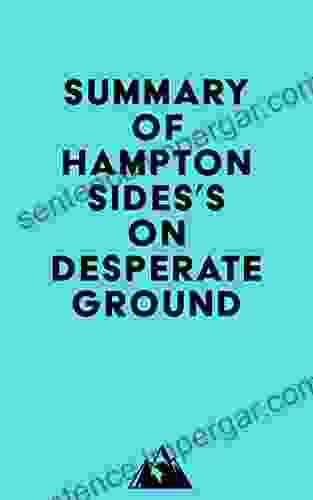
 Blake Kennedy
Blake KennedyOn Desperate Ground: A Gripping Account of World War II's...
Hampton Sides' "On...

 Duane Kelly
Duane KellyCriminal Minds Sociopaths Serial Killers And Other...
In the realm of criminology,...

 Craig Blair
Craig BlairHome Repair: The Ultimate Guide to Fix, Maintain, and...
Welcome to the...

 Elmer Powell
Elmer PowellThe Organic Grower Guide to Mycorrhizae Science for...
Unlock the Secrets of Soil...
5 out of 5
| Language | : | English |
| File size | : | 1570 KB |
| Print length | : | 12 pages |
| Lending | : | Enabled |


